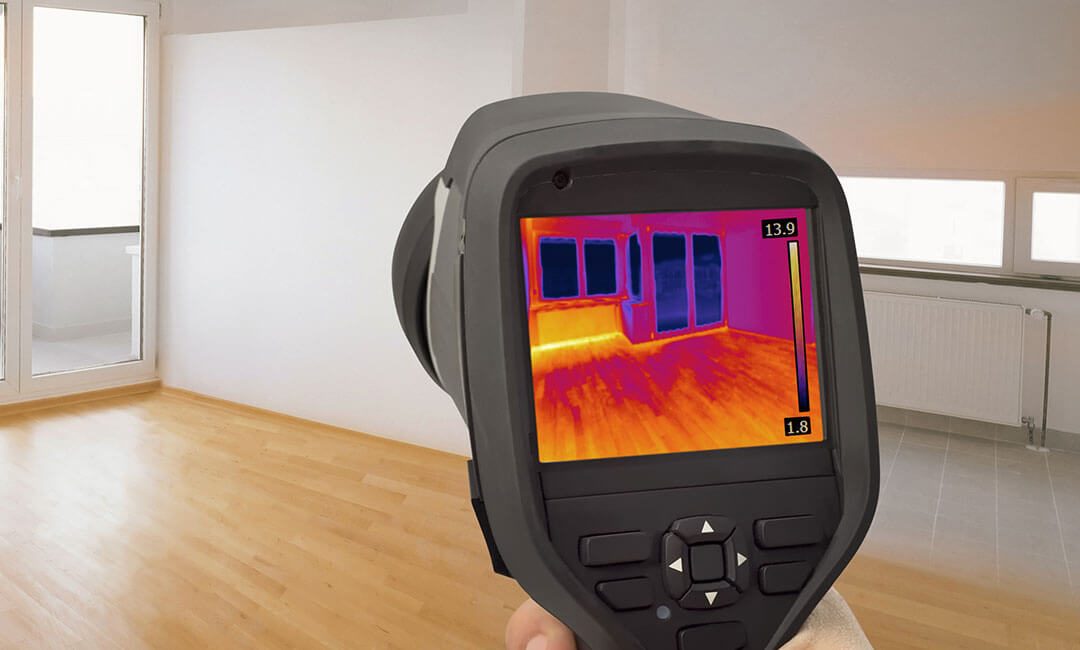How is Infrared Thermal Imaging in Home Inspections Used?
When it comes to home inspections, there are a variety of special tools a home inspector may use to gather details. Infrared thermal imaging in home inspections is a technique used to provide another layer of information to the inspection report. This information is used by clients to make a decision on a house they are looking to purchase, sell, or remodel. Let’s take a closer look at what infrared thermal imaging actually is, and how it works for home inspections.
What Can Infrared Thermal Imaging Identify?
There are a number of things this type of technology may reveal when inspecting buildings. For one, it can detect moisture intrusion within walls, under floors, above ceilings, in an attic, etc. This is also a great way to pinpoint the sources of energy loss. All homes have gaps and cracks in them, which can let outside air in, but if there are large problem areas, a temperature difference will show up on the infrared image. Your inspector may even come across unexpected hot spots in your home that you did not know about. Some of the other issues that infrared technology can detect include:
- Air conditioner leaks
- Damaged radiant systems
- Heat loss in walls, floors, windows, and doors
- Missing framing
- Structural defects
- Broken window seals
Moisture Issues
When it comes to detecting moisture in the home, an infrared camera can be a useful tool. Even a small amount of moisture can cause all kinds of issues like mold and mildew and rotten wood. Infrared thermal imaging in home inspections can detect moisture in relation to:
- Leaks from plumbing issues
- Roof
leaks - Wet insulation caused by plumbing issues
- Missing insulation
- Moisture intrusion
Hot Spots in the Home
A hot spot in your home can be caused by a number of different issues. You may have an overloaded circuit that is causing problems, and you aren’t even aware of it. Overheated equipment and electrical faults are big safety concerns for any household. Thermal imaging can help detect issues that you otherwise would not be able to see, which is why it’s a good idea to include infrared thermal imaging in home inspections.
What Infrared Thermal Imaging in Home Inspections Can and Can’t Do
When it comes to hiring an inspector, the technology associated with thermal imaging should be explained thoroughly. This helps you to know what kind of report you are getting and helps you understand the credibility of the inspector and the work that is being done. While current results can be determined, thermal technology can’t predict the future, and it cannot predict any future issues that may occur within the home.
When you receive a report from an inspector who uses thermal imaging, you will get copies of those digital images in your report. This allows you to see what the inspector sees without having to be present for the inspection, even though it is recommended to attend your home inspection at least towards the end. You can use this information for any negotiations or repairs that you would like to request of the seller.
Pacific Home Inspections provides home inspection services with infrared thermal imaging offered as a standalone service or as an add-on to another inspection service. Contact us to schedule an appointment in Greater Vancouver.

